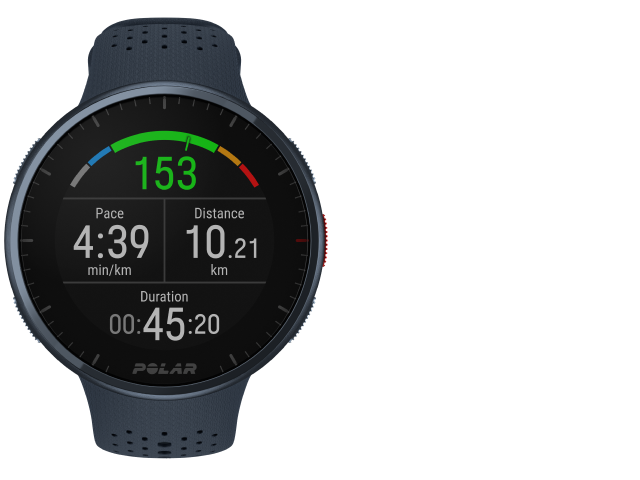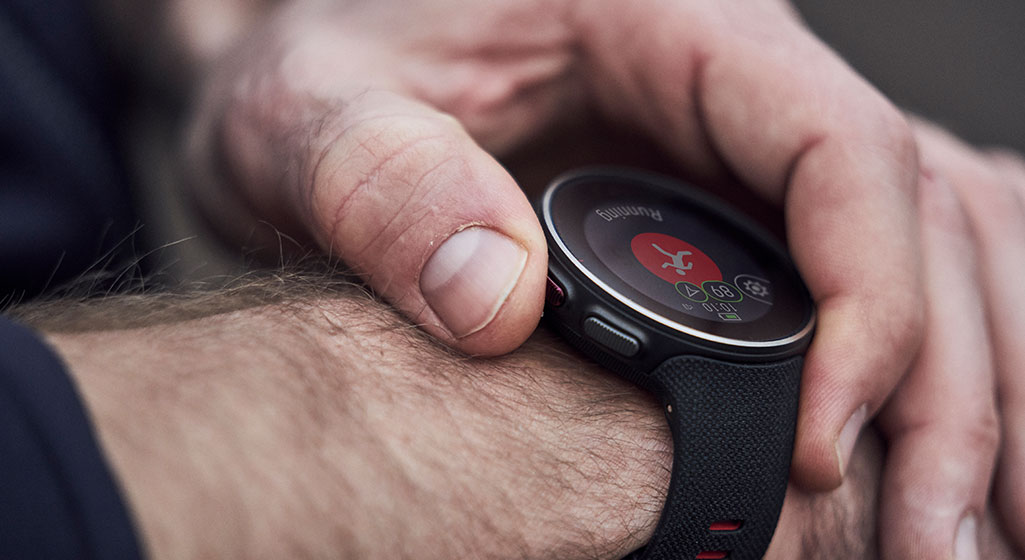If you’re planning to run a marathon this upcoming season, now it’s a phenomenal moment to stop for a moment and reflect on your preparation. Is everything going well? Is your weekly mileage adequate? Feeling any weird pain?
Ideally, you’re working with a running coach who can help you answer these questions and adjust your training plan as you progress towards your goals. But I get it. Not all of us have the possibility to hire a coach, so we end up facing moments of doubt while following our marathon training plan.
Do you need some answers? If you’re coaching yourself towards the marathon finish line, make sure you avoid these common marathon training mistakes.
Marathon Training Mistake #1: Not following a proper training plan
When figuring out how to train for a marathon, a lot of marathon training plans will be based solely on running and mileage.
To help prevent common running injuries, it’s imperative that your marathon training plan includes:
Even if you’re not training for a full marathon, these elements are crucial to increase speed and decrease the likelihood of injuries.
Marathon training Mistake #2: Ignoring that weird pain
We all think that weird pain is going to go away. And it usually does 10 minutes into our training run, but then it often comes back stronger at the end of the day.
Ignoring the pain from the beginning is simply building bad habits but, more importantly, if you ignore the pain for too long, you wind up with a much longer recovery window than you would have needed in the first place. It can be very stressful if this happens close to race day.
A good rule of thumb:
Normal, happy, healthy tissue should feel pressure but no pain.
If you feel any pain at all, modify your running for at least the next few days – increase the mobility and rolling out of surrounding muscles, and bump up the strength work.
In general, get in the habit of doing mobility work weekly, if not daily. Cover all of your bases weekly, and hit those problem areas daily.
Marathon Training Mistake #3: Forgetting to Practice Your fueling Strategy
A marathon is a long race, a very long race. For most, completing a marathon takes four hours or more, so proper fueling during the race is crucial for sustained energy. That means, you want to consume carbs and hydrate correctly to make the race a little bit more enjoyable and avoid hitting the wall.
Energy gels can provide the carbohydrate hit you need. They are easy to consume and digest, but if you aren’t use to have them, or you have to many, you risk upsetting your stomach on race day, causing your hard training and work go down the drain. Use your long runs during the eight to ten weeks leading to the race to practice your fueling and hydration strategy. Don’t limit yourself to fueling while running, try different breakfast options until you perfect what to eat on race day.
MARATHON TRAINING MISTAKE #4: Don’t Take Shortcuts
A marathon training plan typically lasts 12 or 16 weeks. That’s a long time that requires genuine commitment. Even if your motivation is sky-high, during this period of time, work, family commitments, or simply bad weather will get in the way, forcing you to skip one or two training days. When this happens, what should you do?
If you miss a session, shrug your shoulders and don’t stress about it. It won’t impact you training. So, if you skip your workout, next day don’t try to do more and compensate for the missing session nor modify your plan. Let go of the missing session, continue as planned, and trust the whole body of work. Otherwise, you risk making the following common marathon training mistake: planning back-to-back quality session.

MARATHON TRAINING MISTAKE #5: Back-To-BACK QUALITY SESSIONS
Always avoid back to back quality sessions. For instance, never go for a long run the day after a grueling interval training workout. You need to allow the body time to recover and recharge. After a tough session, muscle weakness and soreness is completely normal, but muscle fatigue can also increase injury risk.
And keep in mind that recovery is just as important as the long runs. Whether you’re injured or not, you always want to ensure that you are pushing yourself hard enough, but that you’re not over-exerting yourself.
Overdoing it with the training repeatedly can cause sickness and injury, which can set you back much more than just scaling back a run or workout one day.
Marathon training Mistake #6: Falling into FOMO
Mileage is specific to you. Many of us have fallen into the trap of “Strava stalking,” looking at other people’s mileage and trying to work it into our own marathon training. Doing this can create some serious fear of missing out, but you need to stick to your marathon training plan at the end of the day.
On the other hand, if you need to cut back your mileage because of an injury or pain somewhere, it’s okay. Remember, we’re after the right amount of mileage for you.
MARATHON TRAINING Mistake #7: Training without data
It’s a great thing to be in tune with your body, and to run solely based on feel. However, when we’re looking at how to run a marathon, using data can only help us hit our goals.
To start, we want to have a clear sense of what our finishing time is going to be. To do this, run a half marathon 6-8 weeks before your race. This will give you the most reliable information to set your race-day goals.
Second, we want to make sure all of our runs have a purpose, and data helps tremendously with this. By measuring heart rate and/or pace, you can keep yourself honest and avoid the dreaded plateau.
Instead, use running data, such as heart rate and pace, to vary your training and to train in “zones.”

So often runners who are training regularly get comfortable on a particular route, running at a particular pace. This doesn’t help runners improve – in fact, repeating the same patterns over and over again often impedes improvement.
Some days, you’ll be training faster than race pace, getting that heart rate up for short amounts of time, teaching your legs how to turn over quickly. Other days, when you’re recovering, force yourself to run much slower than race pace so that your body can truly recover.
These strategies are going to be much more useful than simply running at the same, middle-of-the-road pace day in and day out.
Lastly, use that data to help with your recovery. The numbers will show you how hard you’ve been training, reminding you to add in a recovery day.
If you want to get more specific, use the data to track something like your resting heart rate, so you can see how well your body is adapting to your marathon training.
If you liked this post, don’t forget to share so that others can find it, too.
Or give it a thumbs up!
I like this article
Please note that the information provided in the Polar Blog articles cannot replace individual advice from health professionals. Please consult your physician before starting a new fitness program.





